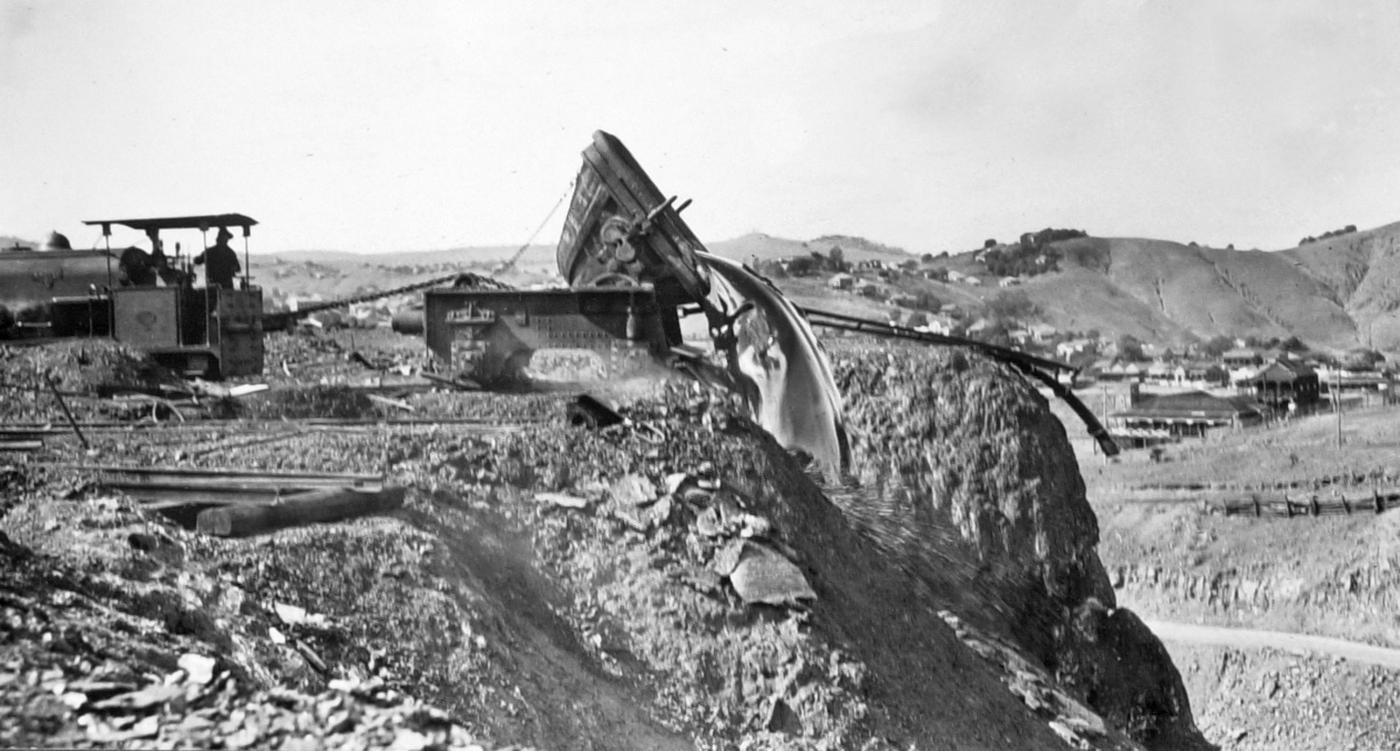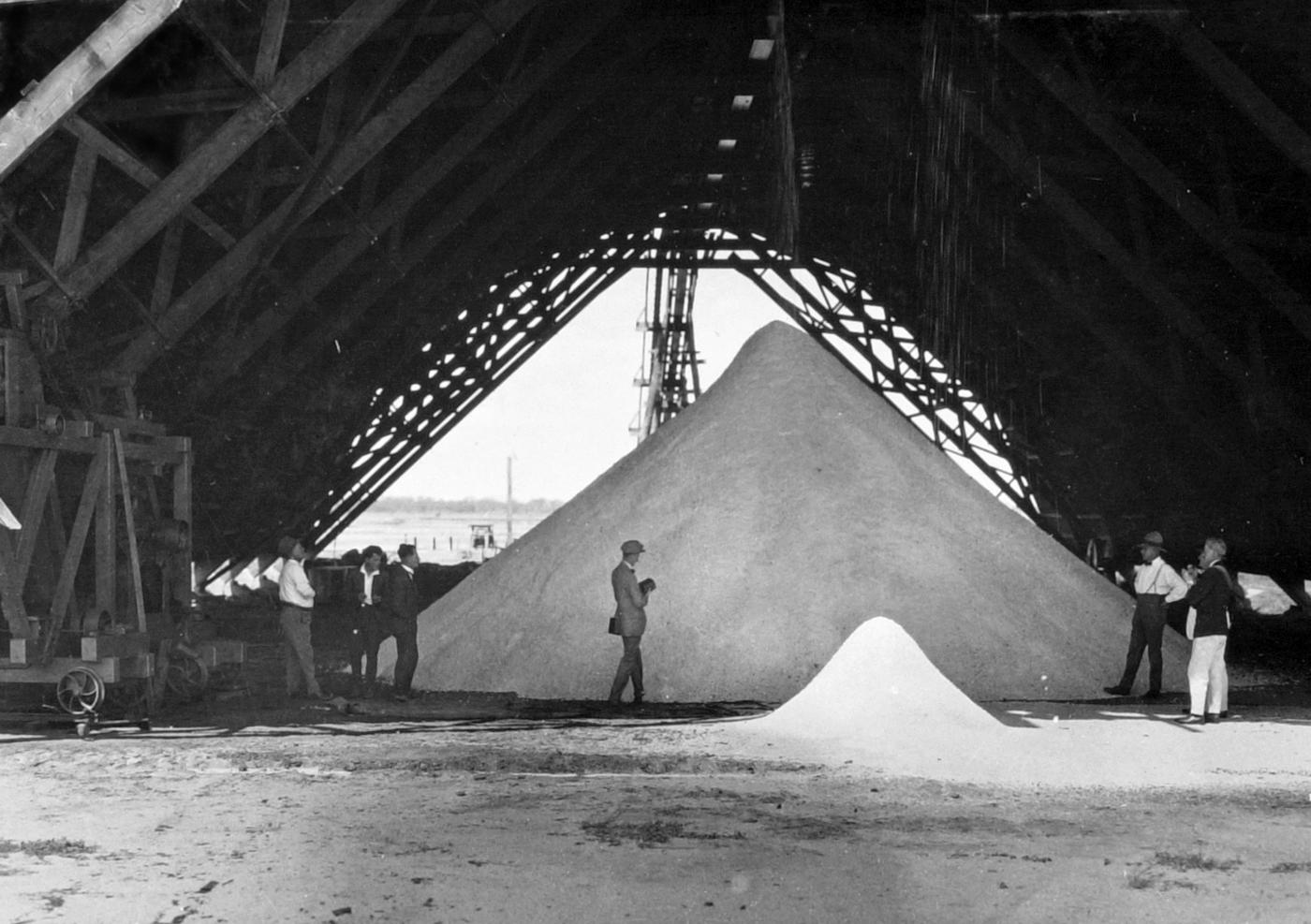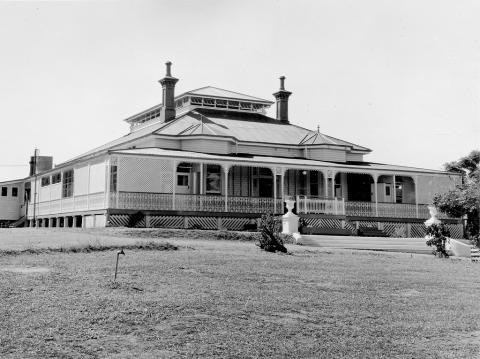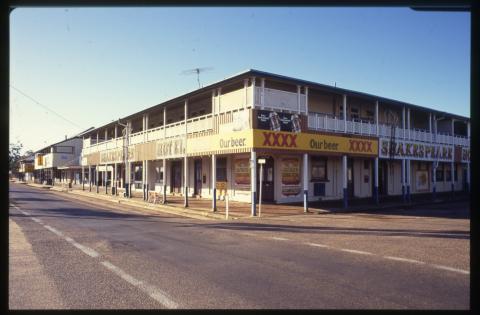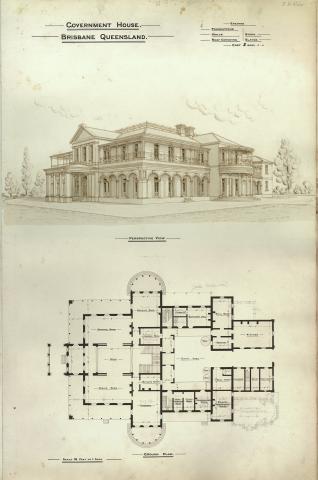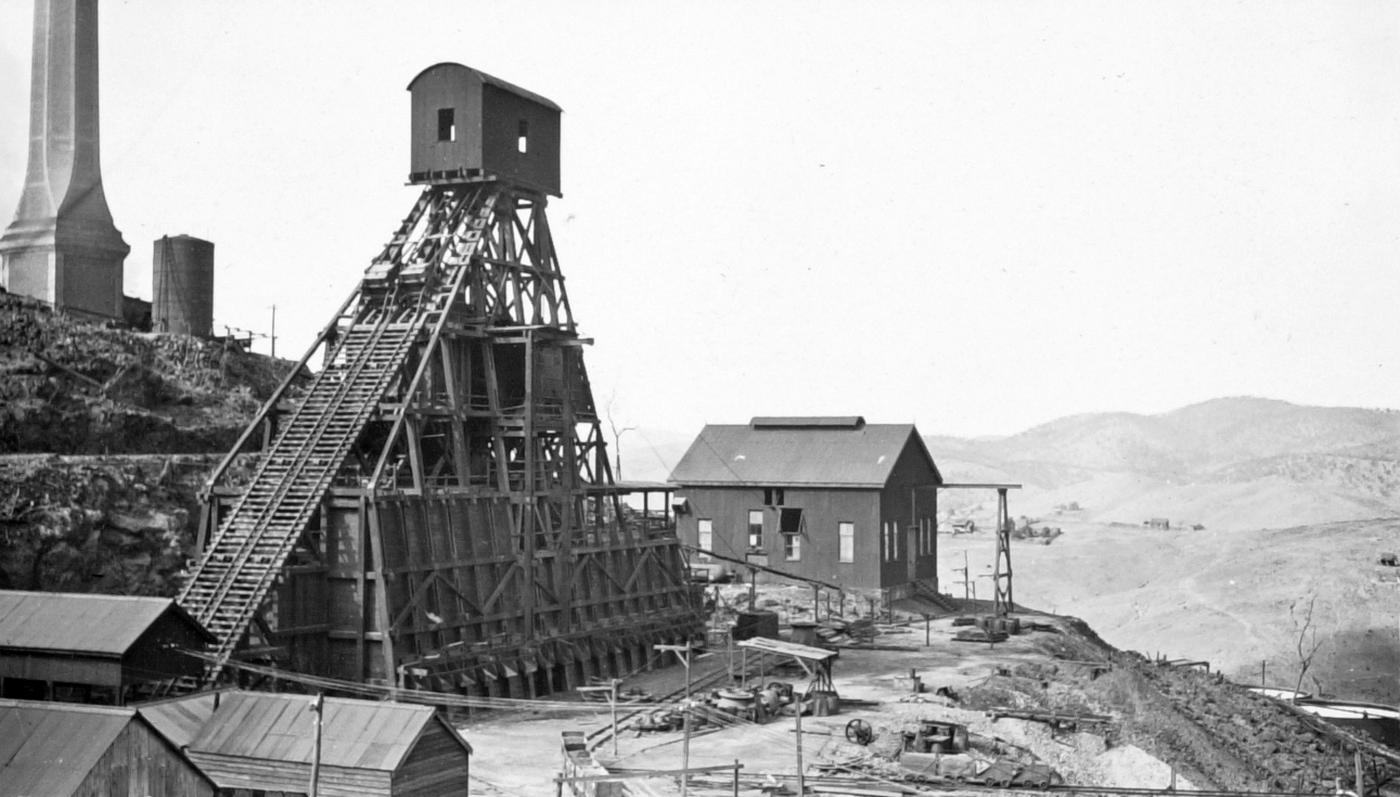
- News of the day
-
Brisbane Courier, Saturday 18 March 1933, page 17
BOWEN SALT PROSPECTS.
CONDITIONS SUPERIOR TO GEELONG.
By H. C. DANIEL, Alderley.
Many years ago a French engineer visiting Bowen was struck with the extraordinary possibilities of a large tidal salt pan adjoining the town as a site for the production of salt by solar evaporation, and imparted his knowledge to the late Mrs. O’Toole with a view to obtaining her financial assistance in establishing the industry. Later another engineer, who held the position of Government boiler inspector, approached the same lady with a similar object.
A prospectus of the proposed undertaking was issued, but nothing further was done. Perhaps it was just as well, for the scheme as proposed and outlined was doomed to failure.
The late Mr. O'Toole, who was a great friend of mine, drew my attention to the matter, knowing I had some knowledge of the industry, and in May, 1920, I purchased all the freehold land adjoining the present evaporation areas. I continued to investigate the possibilities of the scheme, and awaited the completion of the Brisbane-Cairns railway and the Bowen electric power house, factors necessary for the success of the enterprise.
In June, 1925, I engaged the services of two competent experts, Mr. Paton, of Sydney, and Mr. Boodle, of Ocean Salt Co., Ltd., Port Augusta, South Australia. Mr. Boodle was the first manager, and, after the completion of the subdivision of the evaporating areas (crystalisers and washing plant), and the first harvest in December, 1925, he stressed the urgent necessity of a refinery so that all grades of salt could be supplied to Queensland. Later the company increased its capital for this purpose, as well as for additional works at the Gathalungra areas. Unfortunately for the shareholders the money subscribed was not expended for the erection of a refinery-the most essential thing necessary for the success of the company.
POSSIBLE PRODUCTION.
The late manager (Mr. Patterson) assured me that he could have produced 40,000 tons in the year 1931, and it is evident that during the past season a very much larger harvest than 8000 tons could have been garnered, seeing that 7000 tons were left in the crystalisers ungarnered. It would be safe to estimate the possibilities of a production of 100,000 tons of salt per year from both areas, and thus supply the requirements of Queensland and New South Wales, with favourable possibilities for export trade, -
FIRST ESSENTIALS.
The first essential conditions for sea salt production are: (1) Comparatively low rainfall; (2) high evaporation, and (3) extensive clay pans.
Bowen is exceptionally fortunate regarding these, having a net evaporation over rainfall higher than any other point on the cast coast of Australia. Salt can be produced during the dry period, April to December, having a net evaporation over rainfall of 29 inches. As these figures are taken from calculations of the wet and dry bulb thermometer, which do not account for the full benefit of the constant winds that blow at Bowen, it follows that the evaporation must be greatly increased over the large area of clay pan exposed. It exceeds the salt producing period at Geelong by about 12 inches, where the largest and wealthiest salt company operates.
- Background
-
TBA
Additional images
/148.2250393,-20.0124823,7/450x450@2x.png?access_token=pk.eyJ1IjoicXNhLWRpc2NvLXFsZCIsImEiOiJjamJmdTgyZXEyeWNjMnlxZm8xcmtieHgxIn0.lmT9J5tTPKGuuccQgCVSAg)

